SA Mining
Mine Closure
Ensuring that mine closure incorporates all the relevant elements of safety, health and environment, as well as the associated cost, is a legal requirement. And while some companies are often quick to liquidate their operations once they’ve reached their end of life, the more conscious miner goes the extra mile to ensure that all the boxes are ticked.
But what happens when there’s a standoff, as in the case of Sibanye-Stillwater’s Ezulwini Mining Company (EMC) and the Department of Mineral Resources and Energy (DMRE), who doesn’t believe the miner has met all the necessary requirements?
SA Mining recently caught up with the CEO of the Federation for a Sustainable Environment, Mariette Liefferink, to chat about EMC’s road to mine closure and the challenges it is facing.
“It is in the interest of present and future generations that when a mine ceases its operations, it is not abandoned or liquidated but responsibly closed. An abandoned mine has the potential to result in uncontrolled rewatering of the dolomitic aquifer, which can have catastrophic consequences. Abandoned and liquidated mines often result in large clean-up costs and closure liabilities for the government,” says Liefferink.
She says the battle of wills continues to rage between Sibanye-Stillwater and the DMRE, who has continued to rebuff the company’s efforts over the past two to three years for the granting of its mine closure certificate.
To apply for mine closure, Sibanye-Stillwater is required to comply with the regulations in terms of the National Environmental Management Act (Act 107 of 1998) pertaining to the Financial Provisioning for Prospecting, Exploration, Mining or Production Operations, promulgated on 20 November 2015 (GN R. 1147). In mobilising EMC mine closure, Sibanye-Stillwater commissioned Jones and Wagener to align the closure planning and associated costs with GNR. 1147 requirements before submission to the DMRE.
Weighing in on EMC’s environmental impact
EMC, a subsidiary of Sibanye-Stillwater’s gold assets, is located near the town of Westonaria in Gauteng. The EMC operation (also known as Cooke 4) is an underground mine – predominantly for gold ore and a bit of uranium.
Mining activities at Ezulwini commenced in the 1960s and over the years the mine was acquired and sold to various mining companies, until Sibanye-Stillwater took ownership in 2013.
In providing background to the environmental and water management impact of EMC, Liefferink says a permit was obtained in 1986 to dewater the Gemsbokfontein West Dolomitic Compartment which allowed for water to be pumped from the mine and discharged into the Leeuspruit and Kleinwes Rietspruit, which flows into the Vaal River.
In March 2003, the Placer Dome Western Areas Joint Venture took over the pumping operations to allow for the completion of the construction of plugs between the two mines (Ezulwini and South Deep Mine) and to verify the competency of the barrier pillar. The purpose was that once the dewatering of the Ezulwini mining operations stopped, the necessary measures would be in place to ensure the safety and health of the South Deep Mine, where mining occurs at a lower elevation than at the Ezulwini workings.
However, continued pumping of underground water from the workings has contributed to financial losses to the mine of around R23-million a month, so EMC has given notice to cease pumping and close the underground workings at Ezulwini, says Liefferink.
So mining at Ezulwini has effectively stopped; but while the shaft complex is scheduled for demolition in the near future, the processing plant remains operational.
It is expected that with the termination of the underground mining activities and the subsequent pumping of water from underground (about 68Mℓ/day), the water levels in the mine workings and above-lying dolomitic compartment will recover over time.
“It is estimated that the Gemsbokfontein Eye will start flowing again in about seven years. The flow is expected to gradually increase over a period of about 15 years before steady-state conditions are achieved. When it starts flowing again, the long-term average flow at the Gemsbokfontein Eye will be about 13Mℓ/day. All current indications are that the decant water will be clean,” says Liefferink.
In terms of the 2018 closure costs update, the unscheduled closure of Ezulwini was approached from the perspective of the mine as a “standalone” operation and a post-closure water management perspective.
“It is noted that Sibanye’s gold mining operations in the region will continue post closure of EMC, and Sibanye-Stillwater will have access to address post-closure aspects if and when these occur. A provision of some R280m has been set aside for the EMC unscheduled liability which is reassessed annually.”
DMRE’s reluctance to supply mine closure certificates
With many gold mines nearing the touchline to end of life of mine, one would think that mine closure certificates were well on the processing agenda. However this isn’t the case, says Liefferink, adding that the FSE is not aware of any closure certificates that have been issued to gold mines within the Witwatersrand gold fields.
The DMRE’s reluctance to issue closure certificates is attributed largely to the fact that once the closure certificate is issued, the liabilities transfer back to the state. “About R15.5-billion is held in financial provisions between the two major gold-producing provinces, Gauteng and Free State. The DMRE has the right to take money from financial provisions and use it for rehabilitation, and although the department claims to have done so, it is yet to provide examples of where this has happened.
“Gauteng granted just 15 closure certificates between 2011 and 2016, with zero going to mining rights. Free State handed out 221 in that period, by far the most of any province, but still only one went to a mining right not associated with road work.”
An impasse
According to Liefferink, the DMRE’s refusal to award a mine closure certificate to EMC is related to a number of factors including, among others, the lack of agreement from South Deep Mine regarding the integrity and design of the plugs. South Deep Mine is connected to Ezulwini mine workings where mining activities are actively conducted at a lower elevation.
Added to this, the Basic Assessment Report indicates that more plugs need to be installed between Cooke 3 and Ezulwini operations and that dewatering will continue until such process is completed.
“However, aspects related to safety of the mine, including that of the South Deep Mine, could not yet have been confirmed by the Principal Inspector of Mines in terms of the Mine and Health Act (Act no. 29 of 1996) as they are still busy with risk assessment at the crafting of this report,” she says.
Secondly, the Council of Geoscience also flagged concerns related to the integrity of the plugs installed between South Deep Mine and Ezulwini mine, given that the area is prone to seismicity and sinkholes.
“Although Sibanye-Stillwater allocated R3 146 040 and R3 729 242 for sinkholes and subsistence monitoring and rehabilitation, the department feels that this is insufficient to cater to potential risks arising from the rewatering of the mine workings in the future.”
Thirdly, although Sibanye-Stillwater provided proof of consultation with the Department of Water and Sanitation (DWS), the comments from DWS were not included in the report, which would have enabled the DMRE minister to make an informed decision.
“The DMRE cannot grant an environmental assessment (EA) in relation to the decommissioning and removal of all infrastructure used for pumping, unless the DWS has confirmed compliance with the requirements to its satisfaction. Furthermore, the decision as related to pumping underground mine water falls within the jurisdiction of DWS as a licence for pumping was obtained from the DWS,” explains Liefferink.
Another reason given by the department is that the decision to terminate the pumping of underground water would impact negatively on the downstream users who have for several years been relying on mine water and that no alternative arrangements have been sought with them.
The report further noted that there was potential for mining of the underground resources through possible underground extension area of Cooke 4 and, as such, rewatering could potentially affect future mining associated with Ezulwini underground operations.
Lastly, the department said there was no provision made for unforeseen circumstances, such as latent or residual impacts, should pumping be required at a later stage after pumping infrastructure was demolished.
In response, Sibanye-Stillwater has through its attorney, Warburton Attorneys, appealed against the refusal of an Environmental Authorisation by the DMRE and provided documented evidence that these issues of concern were addressed, says Liefferink.
And so the stalemate persists.
Such a standoff poses a massive challenge, especially to the gold miners whose operations are fast approaching the end of life of mine.
Ezulwini is expected to be the first of Sibanye-Stillwater’s Westrand mines to close.
With the South African gold mining industry in decline, Liefferink says it can be anticipated with reasonable certainty that more gold mining companies will cease their operations in future.
“The refusal by the DMRE to grant authorisation for decommissioning, rehabilitation and closure notwithstanding an applicant’s compliance with the legal requirements will act as a disincentive for mining companies to apply for closure and will persuade mining companies to apply for liquidation and the circumvention of closure duties.”
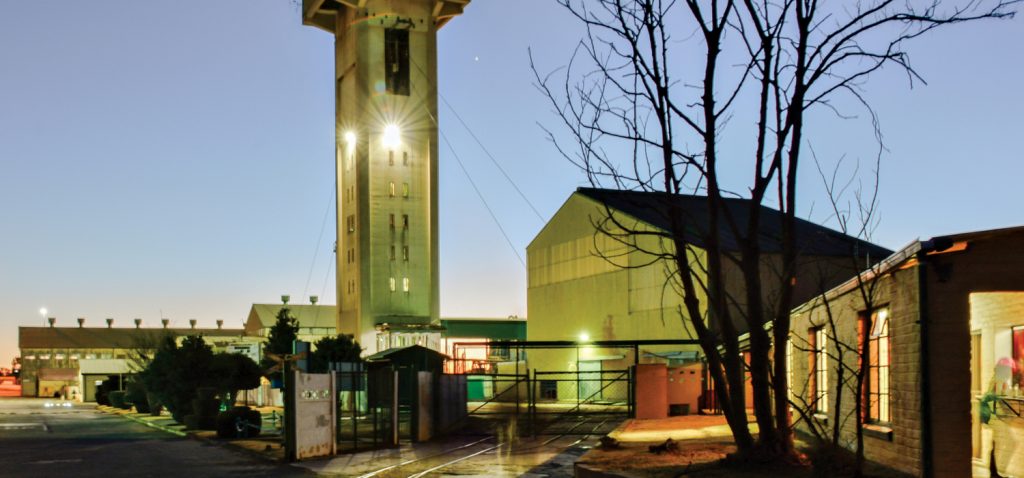

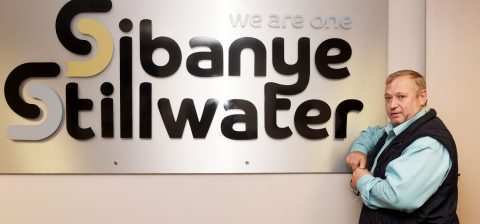
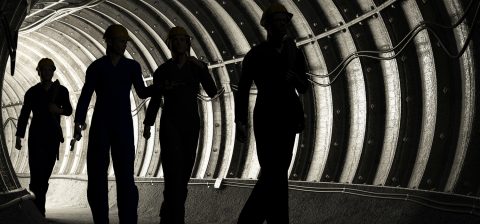
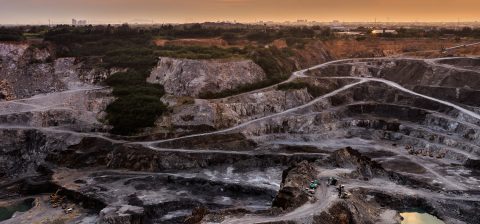
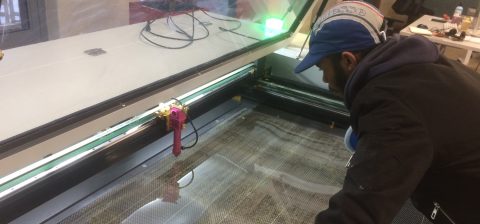
 Sign-up and receive the Business Media MAGS newsletter OR SA Mining newsletter straight to your inbox.
Sign-up and receive the Business Media MAGS newsletter OR SA Mining newsletter straight to your inbox.